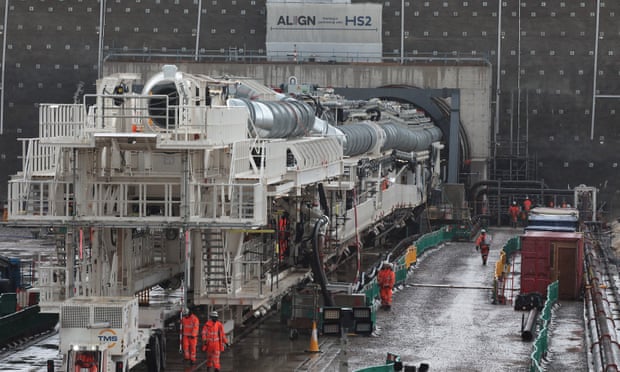- Concern about climate change has increased dramatically since the Stonehenge road scheme was conceived in 2014. The applicant has downplayed the significance of increased carbon emissions generated by this scheme.
- The transport sector as a whole is the largest emitted of greenhouse gases and about half car journeys are for leisure purposes.

- National Highways admit that the scheme would increase carbon emissions by 2.5 million tonnes over its lifetime at a time when we need to rapidly reduce emissions. [1]
- Carbon values are increasing which would affect the already precarious business case for the scheme. These concerns were dismissed by National Highways stating that the current planning policy (NPSNN) is still under review and therefore there would be no change in their calculations.
- Their position is untenable and inconsistent with: Parliament’s declaration of a climate emergency; the 6th Carbon Budget; the advice of the Climate Change Committee to reduce car travel; Government’s Decarbonising Transport Strategy; Department for Transport’s advice on carbon values. [2]
- Wiltshire Council declared a climate emergency in 2019 and is committed to making the county carbon neutral by 2030. [3]
- The Council has an ambition to “avoid infrastructure that doesn’t contribute to wider sustainability”.
- And yet, Wiltshire council is a supporter of the A303 Stonehenge road widening scheme.
- Here are some relevant statistics about Wiltshire:
- 45% of carbon emissions in Wiltshire are transport related
- 4 billion miles were driven on Wiltshire roads in 2019
- This represents around 12,000 miles per vehicle in Wiltshire
- 15% of Wiltshire households do not own a car (about 30,000 households) [4]
- Without traffic reduction and less road widening, the Council’s ambitions will be little more than a fantasy.
Further reading
- National Highways, Environmental Statement, Chapter 14 – Climate, October 2018: See Table 14.14 ‘Emissions breakdown by construction activity’ and Table 14.15 ‘Comparison of road user emission’
- Carlton Reid report on Climate Change Committee’s advice, Forbes, 28 June 2023: U.K. Climate Watchdog Urges Much Stronger Measures To Reduce Car Use
- Climate emergency – latest progress (page accessed December 2023)
- Transport and travel in Wiltshire,2021
Take action!
Support the appeal against the judgment
Sign our international petition.
< Briefing 5: Weak business case
Briefing 7: Alternatives sidelined, dismissed or ignored >
Please note: The Stonehenge Alliance has no connection with any other protest groups involved in direct action against A303 Stonehenge.
Please share
